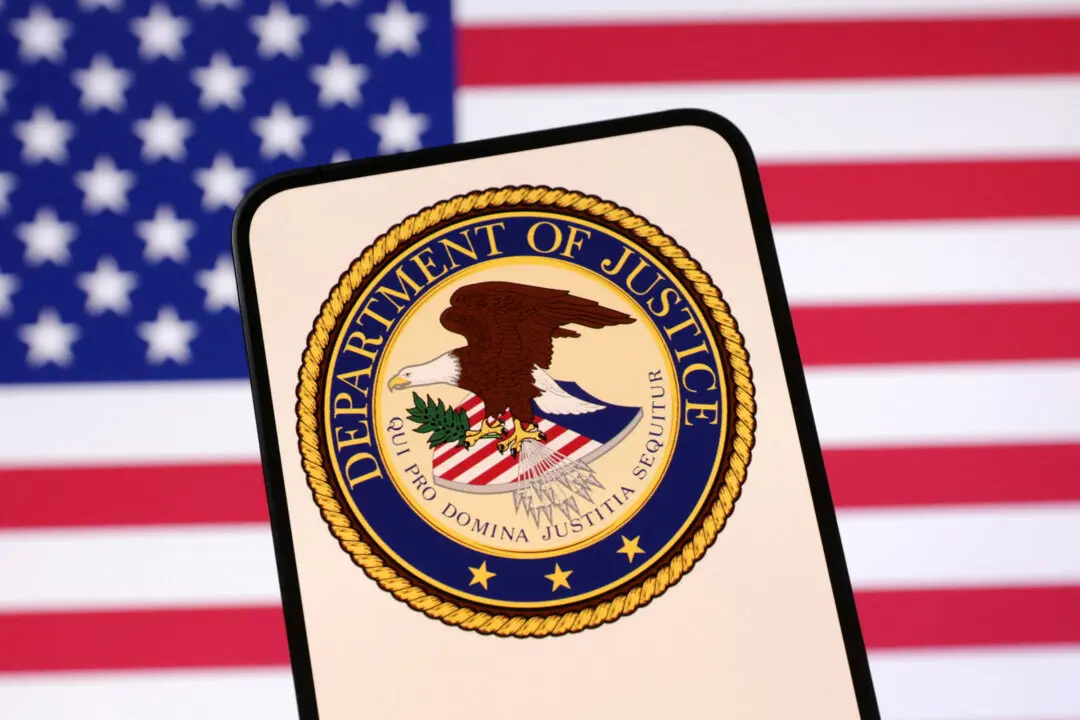TAORMINA/BOLOGNA/MILAN—Visitors to Italy’s famous beaches could be in for a surprise this summer. Umbrellas will be spaced far apart, hand gel will be readily available, and even electronic tagging and booking systems have been proposed.
These are just some of the changes resorts are considering to be able to reopen in time for the peak season, as the country slowly emerges from a strict lockdown imposed to contain the pandemic.






